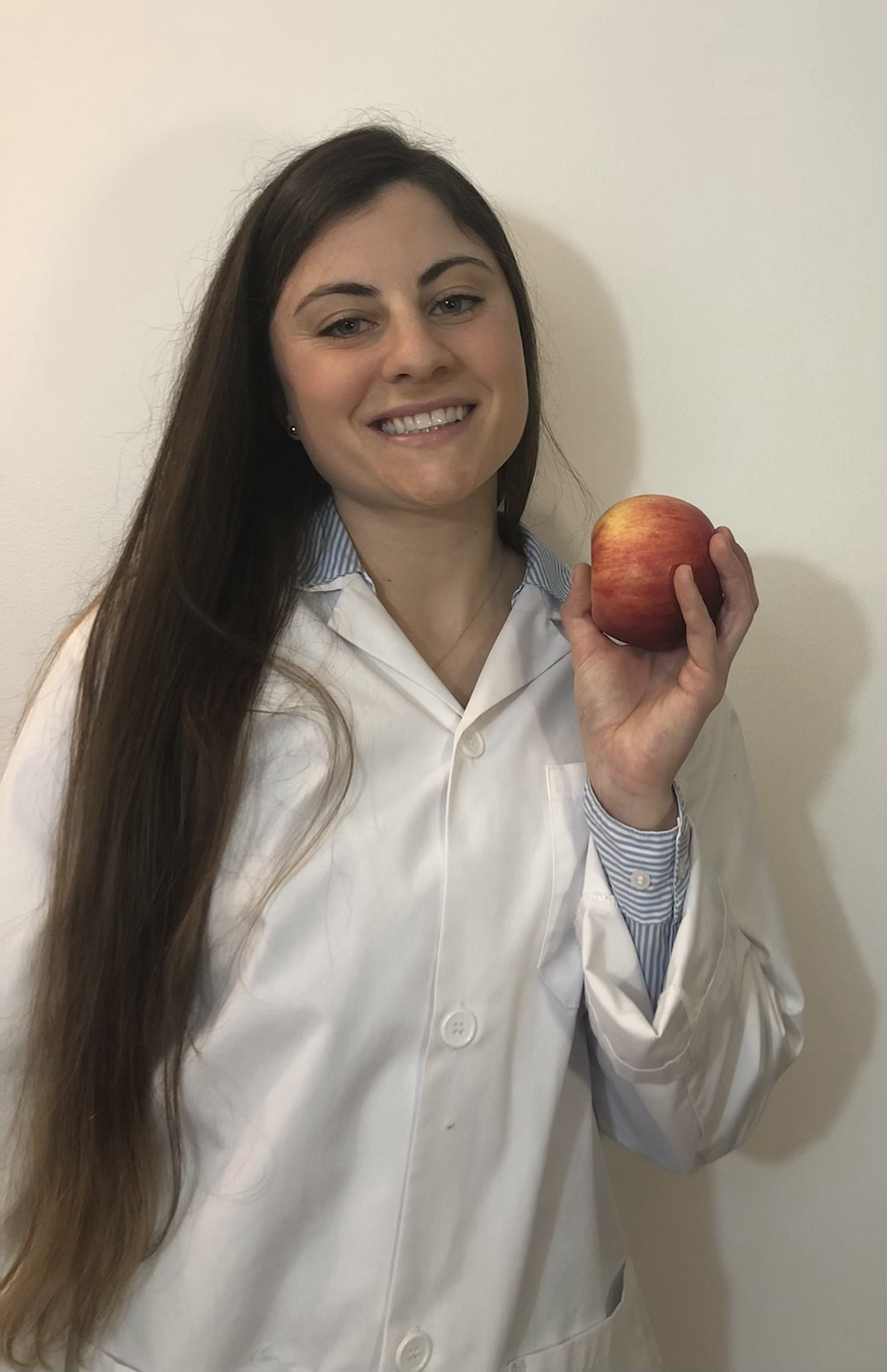What Should You Eat Before Training ?
- Karine Drouin

- Jan 4, 2022
- 4 min read
Whether you are training to be fit, feel good, achieve a certain physical shape or to compete, it is important to eat a healthy and balanced diet. Good nutrition can help our bodies perform better and recover faster after training. This article is for athletes who train for fun. It covers timing, macronutrients and hydration.

Timing
The last snack or meal should be 1 to 4 hours before physical activity. As a general rule, the more time between eating and physical activity, the larger the snack or meal can be. Ideally, the last meal should be eaten 2-4 hours before physical activity.
We eat before training to meet our protein and energy needs. On the other hand, if we eat too much before moving or eat less nutritious foods, we may not have enough energy or we may feel bloated and this can negatively affect our athletic performance. To find the snack or meal that works best for us and to feel comfortable during physical activities, you can always go with trial and error. This text can help guide you and help you find ideas for eating better before training.
Intensity of exercise
High
Ex: Cross-country skiing, running, soccer, cycling, etc. To avoid stomach aches and discomfort, it is best to eat a small meal or snack and have more time between it and training. It is important to listen to our signals of hunger and fullness.
Light
Ex: walking, yoga, cycling for pleasure, etc. You may not need to eat before your physical activities, depending on the time between your last meal and this activity.
Macronutrients
What and how much to eat depends on, among other things, when physical activity is planned, its duration, intensity, and the physical activity goal. Needs vary from person to person. In general, the sooner you train after eating, the more you should prioritize a fast source of energy which is carbohydrates.
Carbohydrates
It is important to consume carbohydrates in your snacks and meals. They give you energy for your muscles and your brain. On the other hand, following a ketogenic diet can interfere with athletic performance.
Then, certain foods, which are high in fiber, can cause more gas and upset the stomach. In order not to interfere with physical activity, it would be better to consume them at another time of the day. Here are some examples of foods rich in carbohydrates: rice, bread, pasta, pita, quinoa, fruits, juices, starches, etc.
Protein
Protein can allow us to maintain muscle mass when eaten in sufficient amounts and to feel full for longer. Protein, like carbohydrates, also serves as a source of energy. However, they take longer to digest. So, the less time there is between physical activity and snacking, the more carbohydrates should be prioritized. Here are some examples of foods rich in protein: egg, milk, lentils, cheese, greek yogurts etc.
Lipids
Our bodies take longer to digest lipids. To gain energy during physical activity, it is best to prioritize foods higher in carbohydrates and proteins, as they are digested faster and can be used as a source of energy.
Pre-workout?
Pre-workouts are all the rage. Are they necessary? Rarely does anyone need this. However, these products can be useful since you just have to mix them with water and they are ready. They are quick to use and can be left in your car, backpack, etc. On the other hand, less expensive products that may just as well give a little energy boost before exercise are coffee and tea. Preferably, we consume them in the morning so as not to interfere with our sleep.
Snack ideas
-Some examples of snacks:
-1 fruit + low-fat cheese;
-Crackers + low fat cheese;
-1 fruit + 2 eggs;
-1 slice of bread + peanut butter;
-Low fat Greek yogurt and fruit smoothie, etc.
Conclusion
When training for fun, for health or to compete, eating a balanced diet and a good timing between meals or snacks and training will help you perform better and feel good. For more precise information on the subject and questions specific to you, I will be happy to answer them.
For high performance athletes with more specific goals such as competitive bodybuilding, it would be beneficial to contact a sports nutritionist. I recommend a nutritionist who masters this subject: https://www.stevencouture.ca.
Karine Drouin, Registered Dietitian
References
Burke, M. L. et al. (2017). Low carbohydrate, high fat diet impairs exercise economy and negates the performance benefit from intensified training in elite race walkers. The Journal of Physiologie, 2785-2807. Doi: 10.1113/JP273230
Jeukendrup, A. E. (2011). Nutrition for endurance sports: Marathon, triathlon, and road cycling, Journal of Sports Sciences, 29:sup1, P91099. DOI: doi.org/10.1080/02640414.2011.610348
Les diététistes du Canada. (2018). Faire le plein d’énergie avant l’exercice. Practice Evidenced-Based Nutrition (PEN). Retrouvé le 13 février 2021 en ligne sur PEN.
Les diététistes du Canada. (2019). La nutrition des sportifs : Ce qu’il faut savoir sur les glucides, les lipides et les protéines. Unlock Food. Retrouvé le 14 Février 2021 au https://www.unlockfood.ca/fr/Articles/Activite-physique/La-nutrition-des-sportifs-Ce-qu’il-faut-savoir-s.aspx
Tinsley, G. (May, 2018). Should You Eat Before or After Working Out? Healthline. Retrouvé le 28 décembre 2020 au https://www.healthline.com/nutrition/eating-before-or-after-workout#long-duration-exercise
Zajac, A. et al (2017). The Effects of a Ketogenic Diet on Exercise Metabolism and Physical Performance in Off-Road Cyclists. Nutrients, p. 2493-2508. Doi:10.3390/nu6072493.



Comments